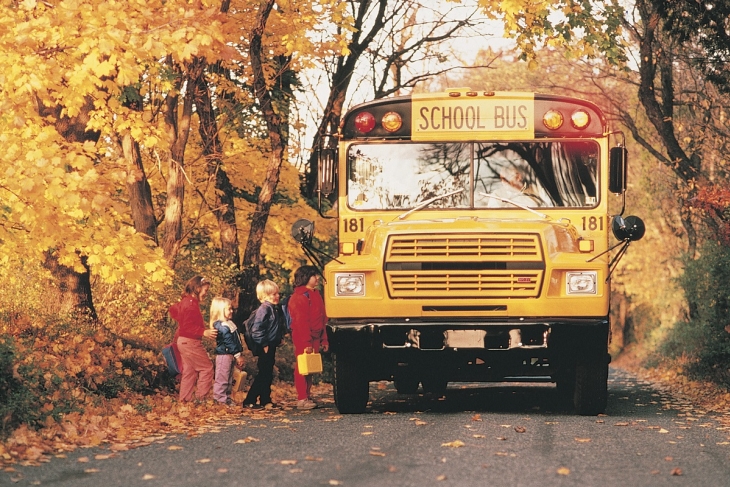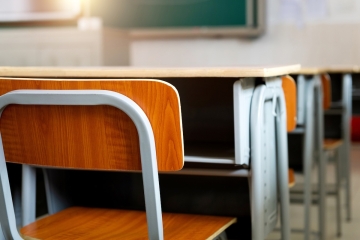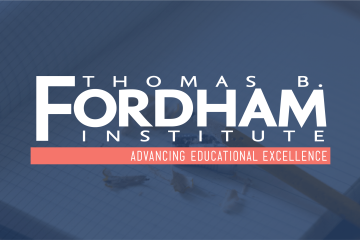It might seem far away, but the 2021–22 school year is just around the corner. In a few short months, students will be gearing up for summer break—and using that time wisely has never been more important. This fall will be similarly significant. The vaccine rollout hasn’t been as smooth as most of us hoped, we’re still waiting for evidence that the vaccine is safe for kids, and experts warn that the pandemic is far from over. But it’s possible that schools could fully reopen for the coming year, and that means education leaders need to start planning now.
To be clear, none of this means that schools or leaders should stop focusing on this year. Kids are still in school (albeit virtually in a lot of places), and what happens between now and the end of the school year matters immensely. But what we do in the future matters too, and it’s important for leaders to start thinking about how to handle this summer and fall. Here’s a look at three areas where they should focus their attention.
Collecting reliable academic data
Although there is some data estimating learning loss, we don’t yet know precisely how big of an impact school closures and virtual learning have had on students. The collective consensus is that there’s been a disproportionate impact on children who were already underserved—low-income students, students of color, those with special needs, and English language learners—but nobody knows for sure.
That needs to change as soon as possible. As long as it’s safe to do so, it’s imperative that schools administer state assessments this spring. These assessments will allow us to reliably measure student achievement and growth across schools, subgroups, and geographic regions, and compare those results to previous years to identify potential gaps and losses. Local assessments matter, too, but it’s important to assess potential learning loss on a broad scale so that achievement gaps are clear. State leaders need to know where to send supplemental funding, district and school leaders need to know where to target intervention efforts, and education researchers need a new baseline from which to track progress moving forward. None of that is possible without reliable and comparable state assessment data.
Adding more learning time
School closures and remote schooling have cost kids hundreds of hours of learning time. To make up for all these lost hours, the best thing schools can do is provide students with additional time. Summer school, extended days and years, and high-dosage tutoring after school and even on the weekends are all interventions that schools should consider. Ideally, school leaders will spend the current semester planning to implement all these options during the coming summer months and school year—and perhaps beyond—until students are caught up.
At the state level, it’s critical that policymakers provide districts the resources necessary to boost learning time. The federal funding headed to Ohio thanks to the most recent federal relief package should help with that.
Communicating to parents and the public
Even with good data and a solid plan for implementing time-based interventions, schools won’t succeed in catching kids up without clear and consistent communication efforts. Schools need to focus on communicating with two groups in particular.
First and most importantly are parents and families. Parents need to know where their kids are academically in comparison to state standards. They also need to know what schools plan to do to close achievement gaps and remediate learning loss, and how they can support those efforts at home. No time should be wasted in waiting for parents to come to schools for help either. Remediation action plans should be automatically provided with clear timelines and expectations along with minimal red tape.
Second, schools need to communicate with the broader community. Taxpayers and stakeholders also deserve to know where students are and how schools are addressing learning loss. But clear communication about what schools need from the surrounding community—volunteers for tutoring programs, equipment donations, Covid-safe learning spaces—is also vitally important.
***
Even if schools are able to fully reopen this fall, the lingering impacts of the pandemic will be significant and long-lasting. The best way for leaders and teachers to minimize these impacts is to start planning how to address them now. That means getting clear data on where students are, organizing and offering as many time-based interventions as possible, and communicating both academic data and intervention offerings clearly to parents.




